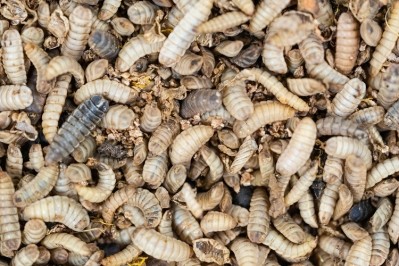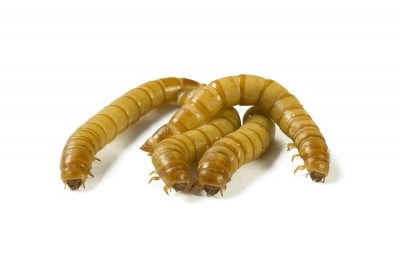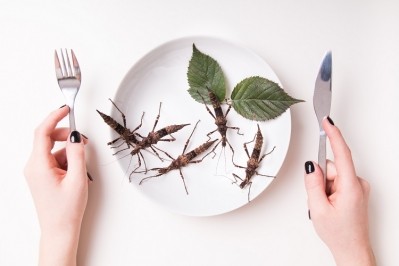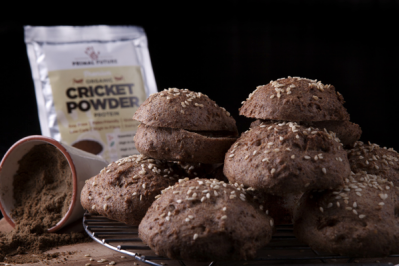Insect fat the new butter replacement? Researchers see potential in bakery products
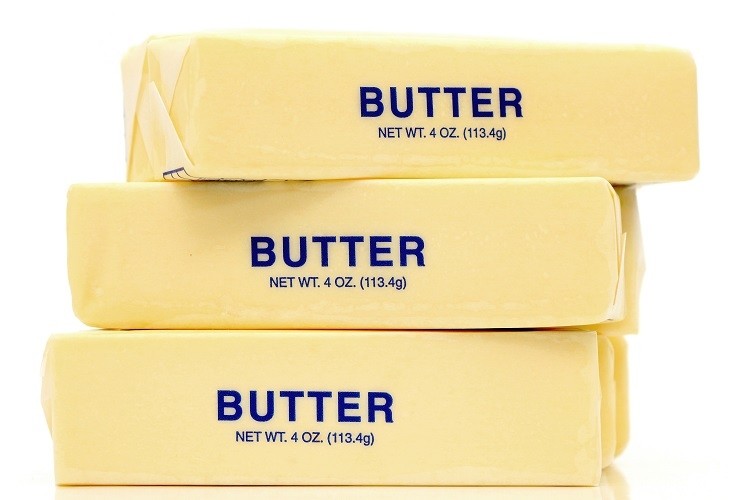
Insects are touted for their nutritional benefits and low environmental footprint.
Selected varieties, such as crickets, grasshoppers and mealworms, are high in protein, fat and fibre, as well as minerals such as calcium, iron, and phosphorous.
And production produces fewer greenhouse gasses, requires less feed, and minimal water and land usage compared to conventional livestock farming.
These factors have boosted the presence of whole insects and insect ingredient-containing products on the retail shelf, yet acceptance of as a food remains low.
This is largely due to sensory appeal, unfamiliarity, low availability, high price, and poor image – otherwise referred to as ‘the ick factor’.
When Mintel surveyed 1,000 adults in France, Germany, Italy and Poland in 2018, only between one and four percent said that insects were their preferred source of non-traditional protein.
These findings prompted the market research firm to predict most successful product launches would probably use insects as ingredients, rather than in their whole form.
A team of scientists in Belgium similarly believe that boosting development of insect ingredients – which could increase consumer exposure to such products – will drive uptake going forward.
“Studies have shown that acceptance towards food containing insects increases when the visibility of insects decreases and when the products are appealing to the consumers,” noted the researchers.
Replacing butter with black soldier fly larvae

In a study led by Ghent University's Daylan Tzompa-Sosa, researchers surveyed reactions to bakery products containing an ingredient made from insect fat.
The ingredient was incorporated into three well-known favourites: cakes, cookies, and waffles.
“Including insect ingredients into familiar food products could be a step in enabling a higher acceptance of insects in Western countries,” they noted.
The fat was sourced from black soldier fly (Hermetia illucens) larvae, which due to its economic viability, is predominantly used in animal feed. According to the researchers, its chemical and physical characteristics also make it a ‘useful asset’ for the baking industry.
Black soldier fly (BSF) larvae fat (LF) contains about 70% saturated fatty acids, with lauric acid accounting for more than 40%. This means that not only is BSF LF solid at room temperature, but it is more digestible than long chain fatty acids.
Similarly to butter, BSF LF is thought to provide certain characteristics to baking, including tenderness, mouthfeel, and gluten structure reduction.
“Nonetheless, the functionality, sensory perception and acceptance of insect fat as partial butter replacer in bakery products has not yet been explored.”
The findings
A total of 344 participants were asked to taste test the cakes, cookies, and waffles. Each bakery product was formulated with 0%, 25% and 50% BSF LF butter substitute.
According to the findings, BSF LF can replace 25% of butter in these bakery products without changing the overall food experience and liking. In waffles – and potentially in other bakery products with direct heat content – up to 50% could be substituted without influencing consumers’ acceptance.
Broadly speaking, formulation with 50% BSF LF, however, was associated with sensory challenges: “For all products, it is seen that off-flavour, rancid aroma, rancid taste and bad aftertaste were more closely related to the formulation with 50% BSF LF.”
Regarding texture and colour, the study found they were ‘hardly affected’ – which indicates that BSF LF provides a similar structure and functionality to butter when used in bakery products.
Food ingredient potential
The researchers recorded differences in some sensory attributes and emotional associations among the bakery products, but overall believe there is potential for BSF LF use in the sector – especially in countries where bakery products are an important component of the eating culture.
In Belgium, for example, “the possibilities and the relevance for integrating them with innovative insect-based ingredients is high”.
Tzompa-Sosa's team suggests a higher substitution of BSF LF into food could be achieved using a refined version, and suggested future research explore refined BSF LF’s potential to reduce off-flavours in formulations containing a higher percentage of insect fat.
Nick Rousseau, who heads up Woven Network in the UK, told FoodNavigator he found the research ‘interesting’, yet ‘very different’ from insect protein – in terms of its potential to meet global needs.
The low cost of BSF could help push this ingredient through to consumers, he suggested. “Generally, if people are reassured about an ingredient, are not aware of any loss of quality and the price is the same, then some will welcome a more ‘sustainable’ variant.”
Further, BSF can be farmed at scale, so the price should be lower than other insect-for-food products that tend to be expensive, he continued.
Novel Food Regulations
Farmed insects for food, as well as part of insects (such as legs, wings, and heads) fall under the definition of novel food in the EU.
This means that insect products require pre-market authorisation from the European Food Standards Agency (EFSA). Authorisation is dependent on the completion of a full scientific dossier demonstrating safety.
While no such application has yet been approved, a number are under review, including an application for black soldier fly meal (based on dried groundmeal of whole Hermetia illucens larvae) from Danish company Enorm Biofactory A/S.
As Tzompa-Sosa pointed out, insect meal and insect lipids are ‘technically two different products’. This means they require ‘different checks’, and therefore different applications.
“One of the main differences is related to allergenicity,” Tzompa-Sosa told FoodNavigator. “In short, allergies are caused by proteins, which are present in insect meal.
“This risk of allergenicity of insect lipids is very low, since only traces of protein are present in crude oils and fats. The risk completely disappears in refined lipids.”
Source: Food Quality and Preference
‘Consumers’ perception of bakery products with insect fat as partial butter replacement’
Published January 2020
DOI: https://doi.org/10.1016/j.foodqual.2019.103755
Authors: Claudia Delicato, Joachim J. Schouteten, Koen Dewettink, Xavier Gellynck, Daylan A. Tzompa-Sosa
